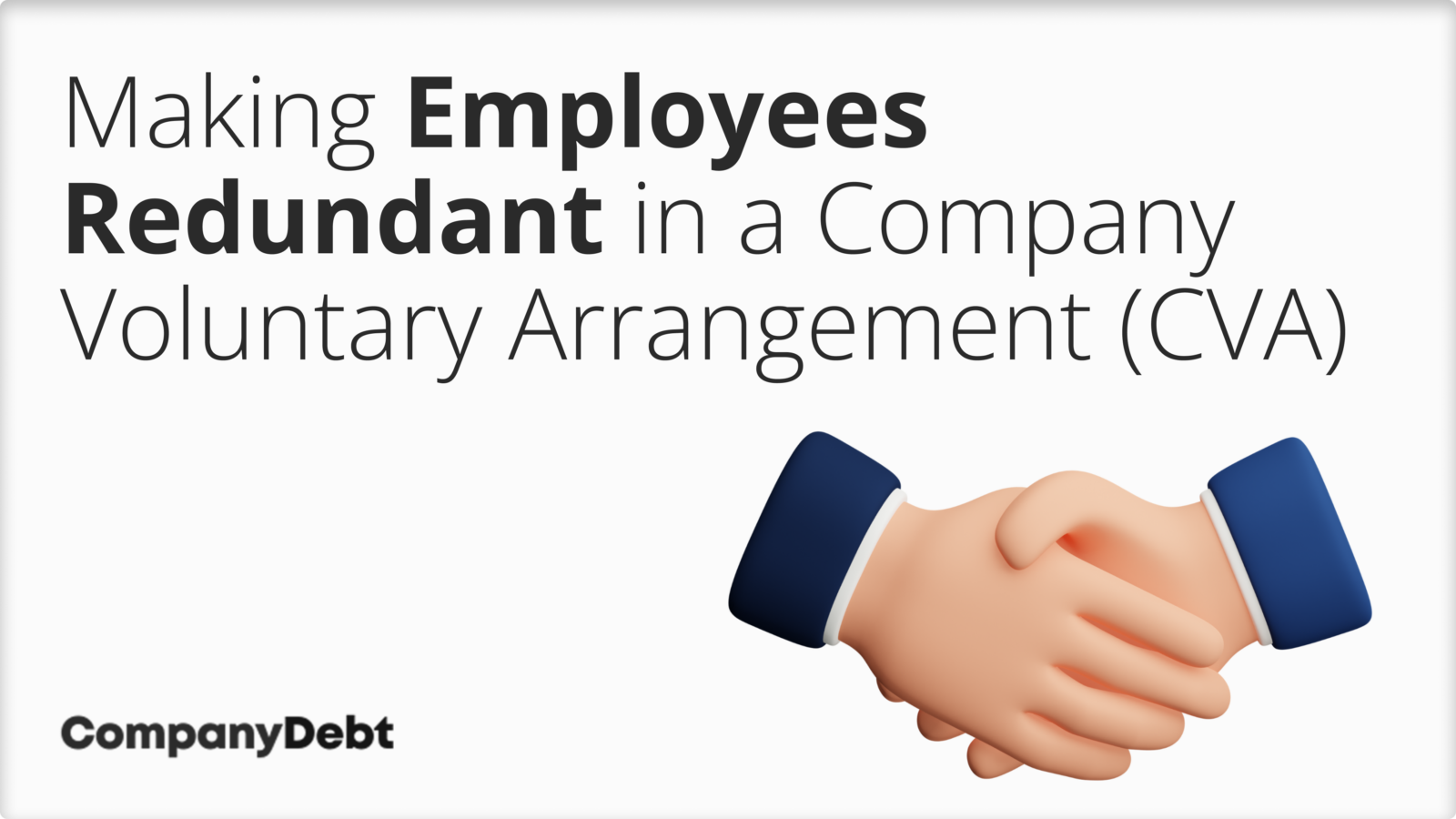Small Business Closing Employee Rights UK: Making Certain Fair Redundancy Pay
Small Business Closing Employee Rights UK: Making Certain Fair Redundancy Pay
Blog Article
Exploring the Interaction Between Business Redundancy and Organizational Versatility for Future Growth
In the vibrant landscape of today's business globe, the intricate partnership between firm redundancy and business versatility emerges as a critical element for continual growth and success. Firms frequently encounter the difficulty of striking a fragile balance in between maintaining a degree of redundancy to mitigate threats and cultivating flexibility to react promptly to the ever-evolving market demands. This delicate interaction holds the key to not only enduring in stormy times yet likewise thriving despite uncertainty. As we check out the multifaceted dimensions of this interplay, interesting understandings into exactly how companies browse these intricacies to pave the means for future development wait for.
Importance of Firm Redundancy
Firm redundancy is a crucial element that improves organizational strength and reduces functional threats. By including redundancy measures within the organizational structure, firms can much better hold up against unexpected interruptions and fluctuations in business atmosphere. Redundancy functions as a strategic buffer, permitting firms to adjust and respond efficiently to unforeseen challenges without compromising essential procedures.
One trick element of the significance of company redundancy is its role in ensuring connection throughout times of crisis. When confronted with abrupt modifications or emergencies, redundant systems, sources, or workers can action in to preserve crucial functions and stop extensive disturbances. This connection not only safeguards the firm's track record and customer depend on however likewise lessens economic losses and functional downtime.

Approaches for Organizational Adaptability

Developing versatile business frameworks that allow for quick adjustments to market dynamics and consumer requirements is essential for remaining competitive in a rapidly progressing atmosphere. By proactively identifying prospective disruptions and opportunities, organizations can proactively prosper and adjust in an ever-changing business landscape.
Harmonizing Redundancy and Versatility
Achieving a harmonious stability between operational redundancy and business flexibility is critical in browsing the complexities of a vibrant service setting. Striking the right balance in between redundancy and flexibility is a delicate process that needs a deep understanding of the company's goals, industry characteristics, and risk tolerance.
To attain this equilibrium, firms require to perform normal analyses of their operations to recognize locations where redundancy is needed for threat reduction and where flexibility can drive innovation and development. Implementing adaptable frameworks, cultivating a society of continual understanding and renovation, and urging open interaction across all levels of the organization are key strategies to integrate redundancy and flexibility successfully. By lining up these 2 essential components, business can position themselves for sustainable development and success in an ever-changing organization landscape.
Instance Research Studies on Adaptation Success
In taking a look at instances of successful organizational adaptation, it comes to be obvious that the interplay between functional redundancy and versatility is a defining factor in forming resistant companies. One compelling situation study is that of Netflix. Originally a DVD rental solution, Netflix demonstrated remarkable flexibility by transitioning into a streaming system when digitalization interrupted the industry. By purposefully spending in technology and visit our website content development, Netflix not only grew but survived in a quickly progressing market. Another standout example is Amazon. Starting as an on-line bookstore, Amazon constantly adapted its service version, expanding into diverse markets such as cloud computing and expert system. This adaptability permitted More hints Amazon to stay ahead of competitors and fulfill altering customer demands. Last but not least, Adobe provides a notable image of successful adjustment. The company moved from marketing software licenses to a subscription-based design, ensuring persisting revenue streams and improved consumer engagement. These situation researches underscore the value of functional redundancy paired with organizational adaptability in promoting lasting growth and competitiveness.
Building Durability for Future Growth
Building resilience for future growth calls for a strategic alignment of functional procedures with market characteristics and arising patterns. Business should adapt to altering environments by fostering a culture of adaptability, innovation, and continual renovation. Resilience includes not only recovering from problems but also proactively planning for future obstacles. One crucial element of building strength is spending in robust danger administration techniques to mitigate possible interruptions. This includes circumstance planning, diversifying supply chains, and creating contingency prepare for numerous contingencies (who pays redundancy money).
In addition, promoting solid connections with stakeholders, such as consumers, workers, distributors, and the neighborhood, is vital for maintaining and weathering unpredictabilities trust and support throughout turbulent times. Efficient interaction and transparency play an essential role in structure strength, as they help line up assumptions and help with partnership in browsing uncertainties.
Additionally, companies require to focus on discovering and growth initiatives to upskill workers and outfit them with the necessary tools to adjust to transforming circumstances. By investing in their labor force, firms can enhance their versatility and dexterity, ultimately reinforcing their resilience for lasting future growth.
Conclusion

In the dynamic landscape of today's service globe, the elaborate partnership between business redundancy and organizational versatility arises as an important factor for sustained development and success. Firms typically deal with the obstacle of striking a delicate balance in between maintaining a level of redundancy to alleviate threats and fostering versatility to react promptly to the ever-evolving market demands.To achieve this balance, business need to carry out normal assessments of their operations to determine locations where redundancy is essential for threat mitigation and where adaptability can drive advancement and development.In verdict, the interplay between company redundancy and organizational adaptability is important for future development. Structure strength via a mix of redundancy and adaptability will ensure that companies are prepared for the challenges of the future.
Report this page